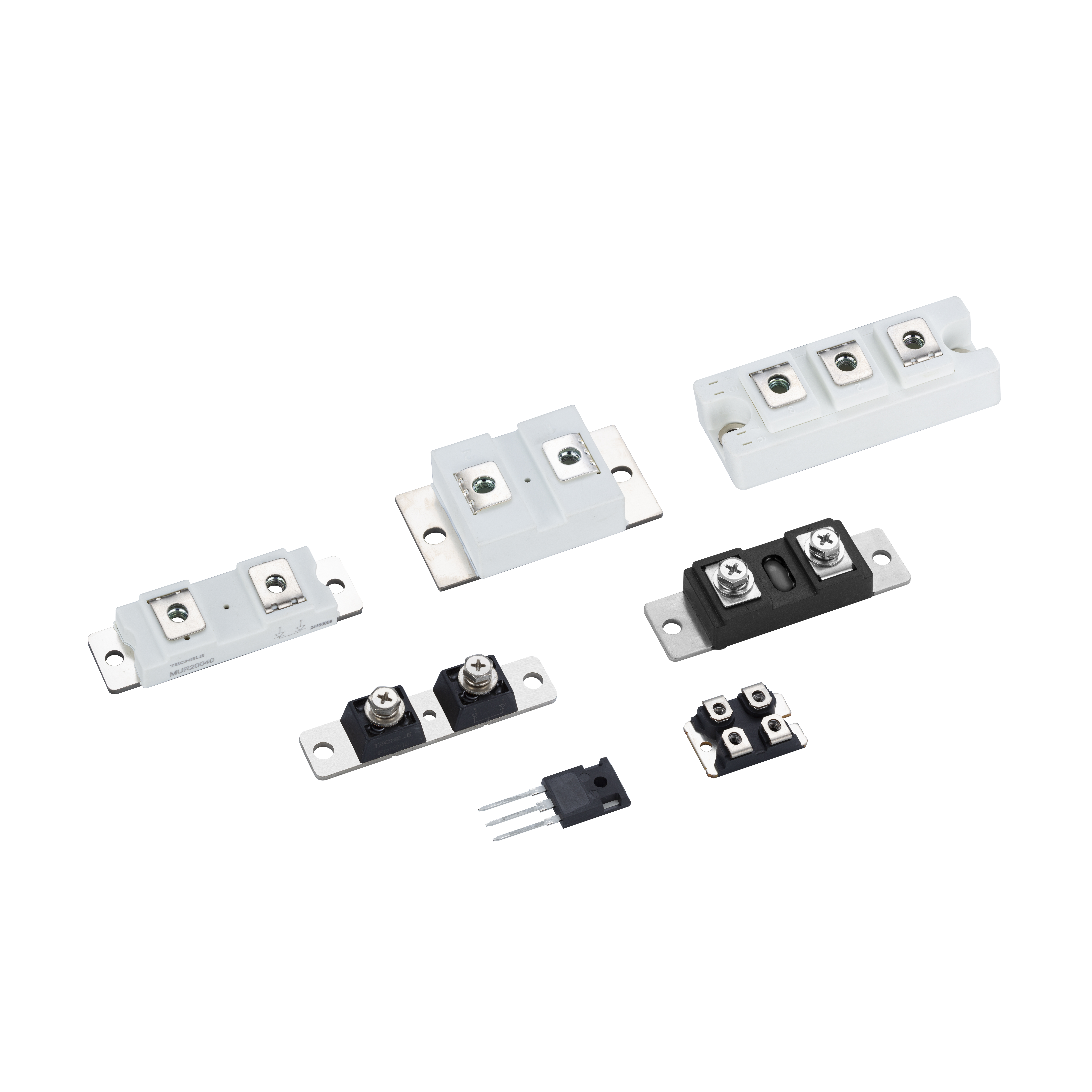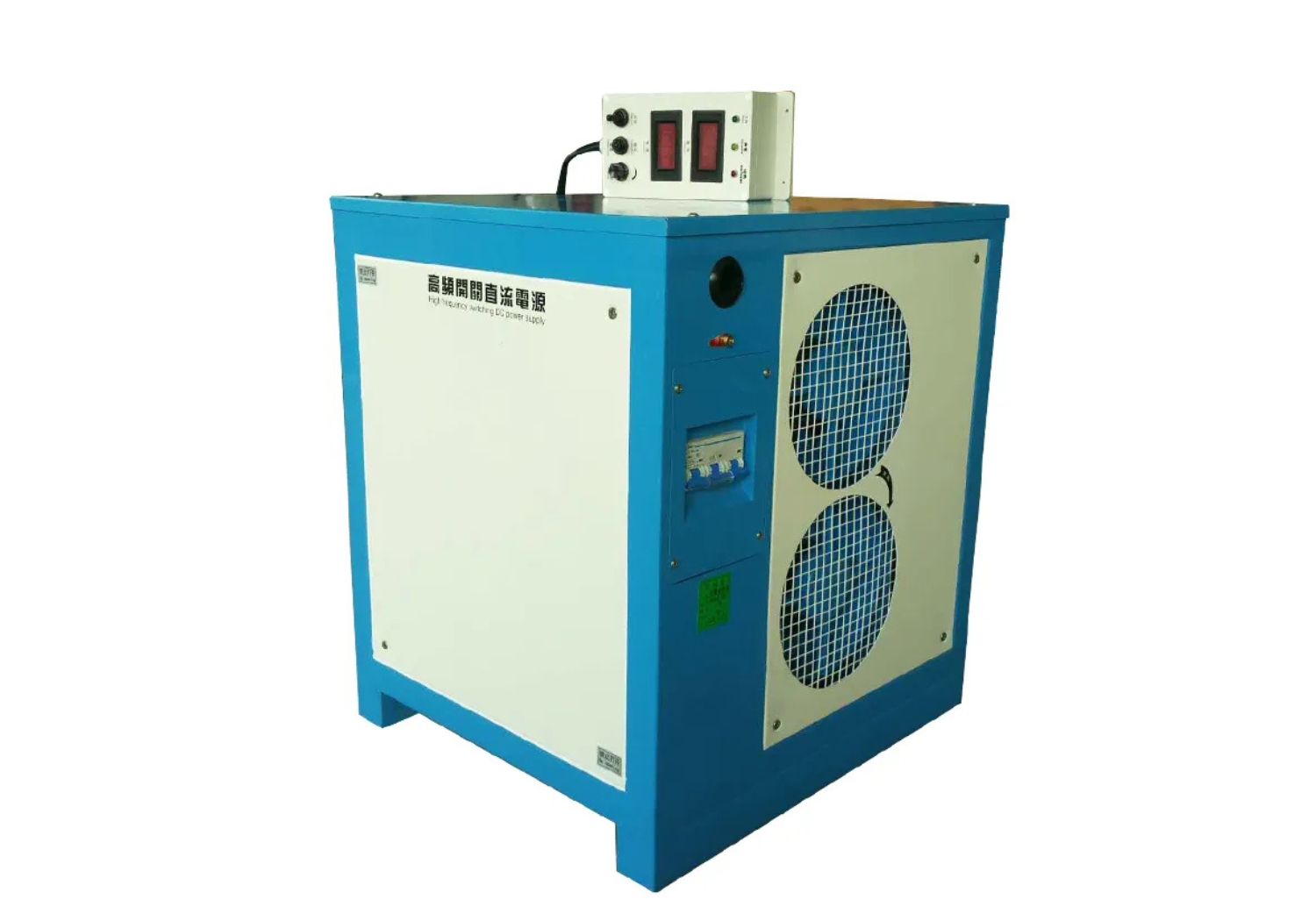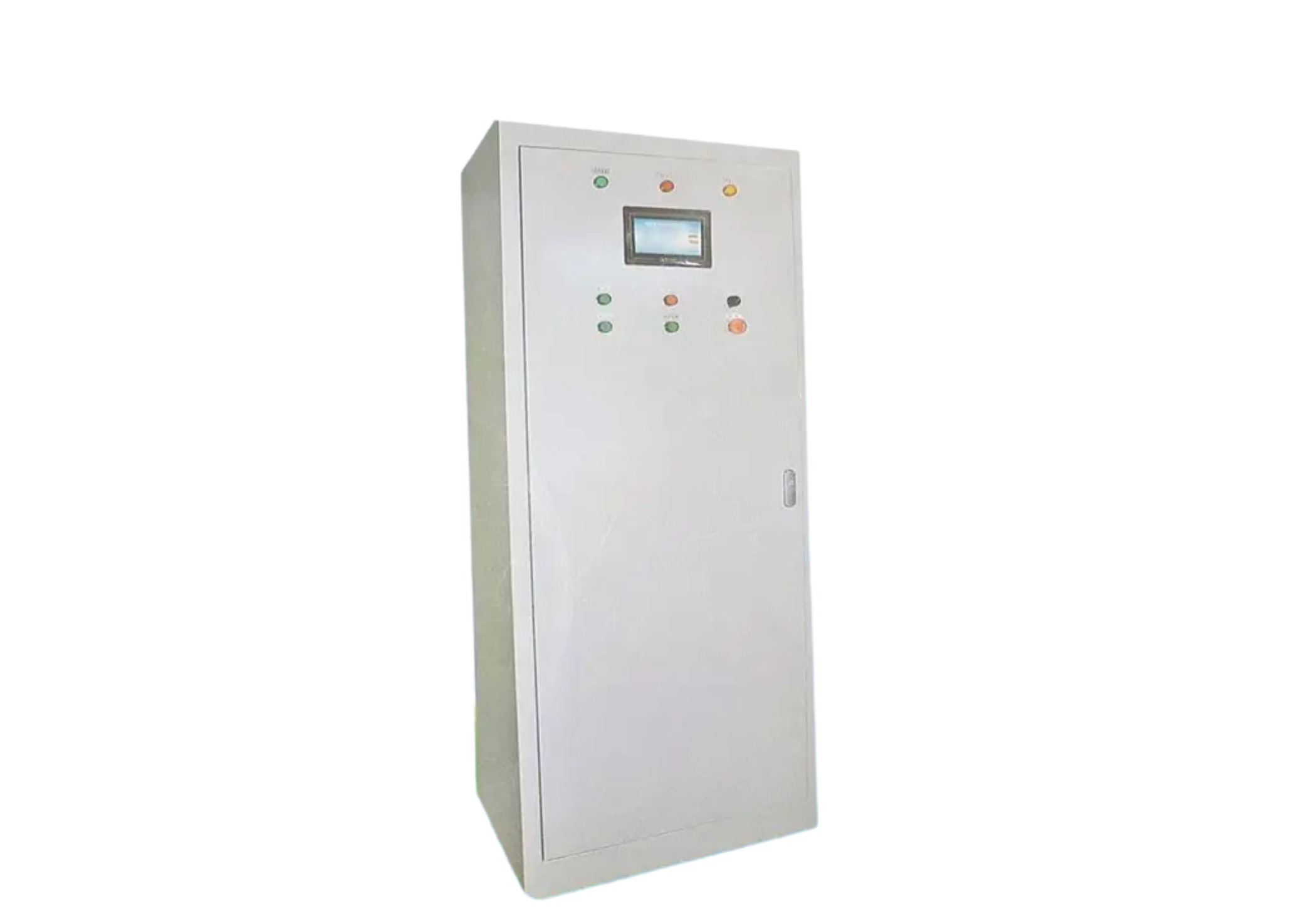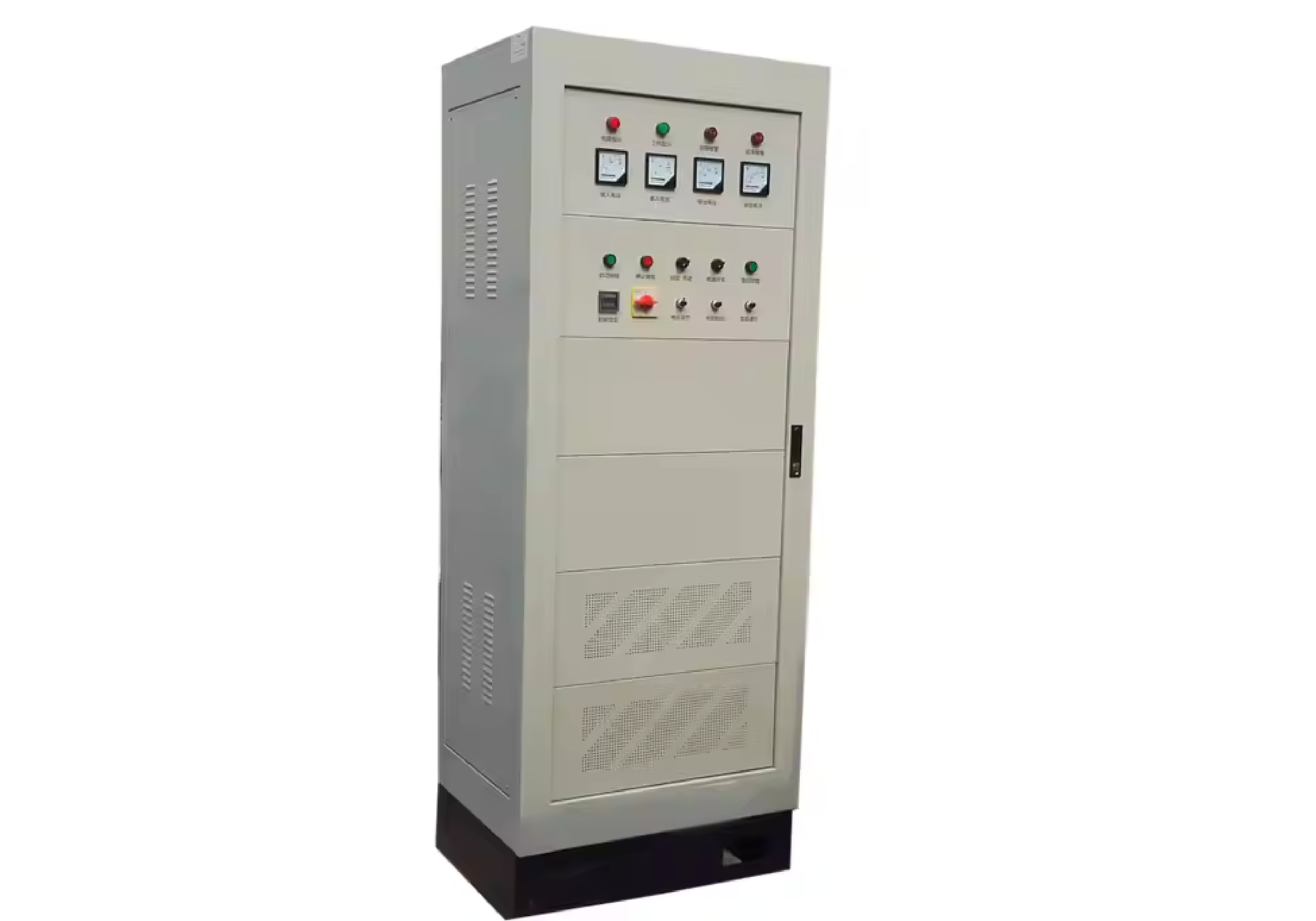How to Choose the Right Thyristor Modules for UPS Applications
1. Introduction: Why Choosing the Right Module Matters
Selecting the correct thyristor module is a foundational decision when designing or upgrading a UPS (Uninterruptible Power Supply) system. The performance, efficiency, and reliability of the UPS depend largely on how well its switching components handle high loads, rapid transitions, and voltage regulation.
Among the leading options, the dual thyristor module stands out due to its integration of high surge current protection, low on‑state voltage, and industrial phase control. These features become even more vital when the system supports applications like 14500A high frequency anodizing, compact package desalination energy storage, or HVDC ceramic base plasma cutter operations.
2. Evaluate Power and Surge Requirements
A UPS must support varying load profiles. When high current spikes are expected—as in 14500A high frequency anodizing—your chosen module must have a robust high surge current rating. In these systems, the thyristor must tolerate immense momentary surges without breakdown.
Modules with low on‑state voltage also reduce operational energy losses. This feature is especially useful in anodizing systems where power flow is constant and intensive. For engineers, this means lower energy costs and improved thermal behavior in long-duration tasks.
The inclusion of industrial phase control ensures that voltage and waveform stability are tightly managed, which is key for maintaining anodizing quality standards.
3. Consider Size and Integration for Compact Environments
UPS systems in compact package desalination energy storage applications are often restricted by enclosure size and cooling capacity. Here, choosing a dual thyristor module with integrated features can save space and simplify design.
Because the same component handles current control and switching, wiring is minimized and thermal paths are optimized. Additionally, low on‑state voltage means less heat is generated during conduction, helping the UPS operate within its thermal envelope.
High surge current handling is essential in these energy storage systems because of the variable nature of charge/discharge cycles. The module must accommodate fluctuations without derating or risk of failure.
4. Focus on High Voltage and Heat Management for Specialized Applications
In HVDC ceramic base plasma cutter environments, voltage levels are extreme and switching cycles are rapid. This demands a power module that excels in heat management and electrical insulation.
A dual thyristor module with a ceramic base not only provides insulation but also enhances thermal conductivity. This allows for longer operation times and greater reliability.
The high surge current protection ensures safe operation even during abrupt energy spikes common in plasma systems, while low on‑state voltage minimizes energy wastage and internal heat buildup. Industrial phase control also ensures voltage output is precisely modulated—a must for precision cutting.
5. Matching Modules to Use Cases
The best thyristor module for your UPS setup depends on the operational scenario:
Use modules with high surge current and low on‑state voltage for 14500A high frequency anodizing systems where energy throughput is extreme.
Opt for compact dual thyristor modules for desalination energy storage, where space and heat are limited.
Choose ceramic-based high-voltage modules for HVDC plasma cutter installations demanding precision and resilience.
6. Conclusion
Selecting the right thyristor module is not just about current and voltage specs—it’s about matching form, function, and features to real-world requirements. Whether you're supporting anodizing lines, energy storage grids, or plasma systems, a dual thyristor module with high surge current, low on‑state voltage, and industrial phase control will provide the durability and efficiency needed for reliable UPS performance.






